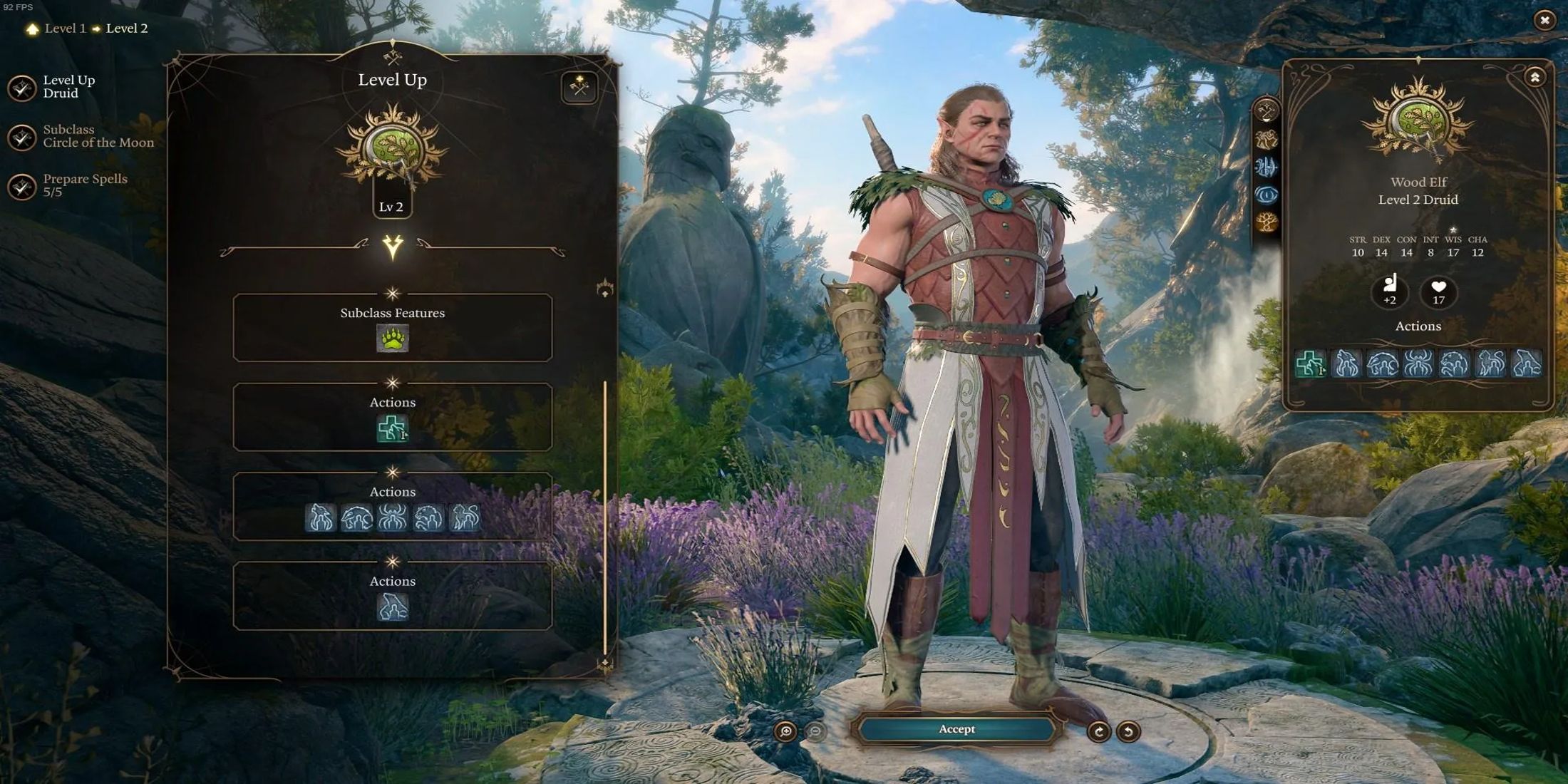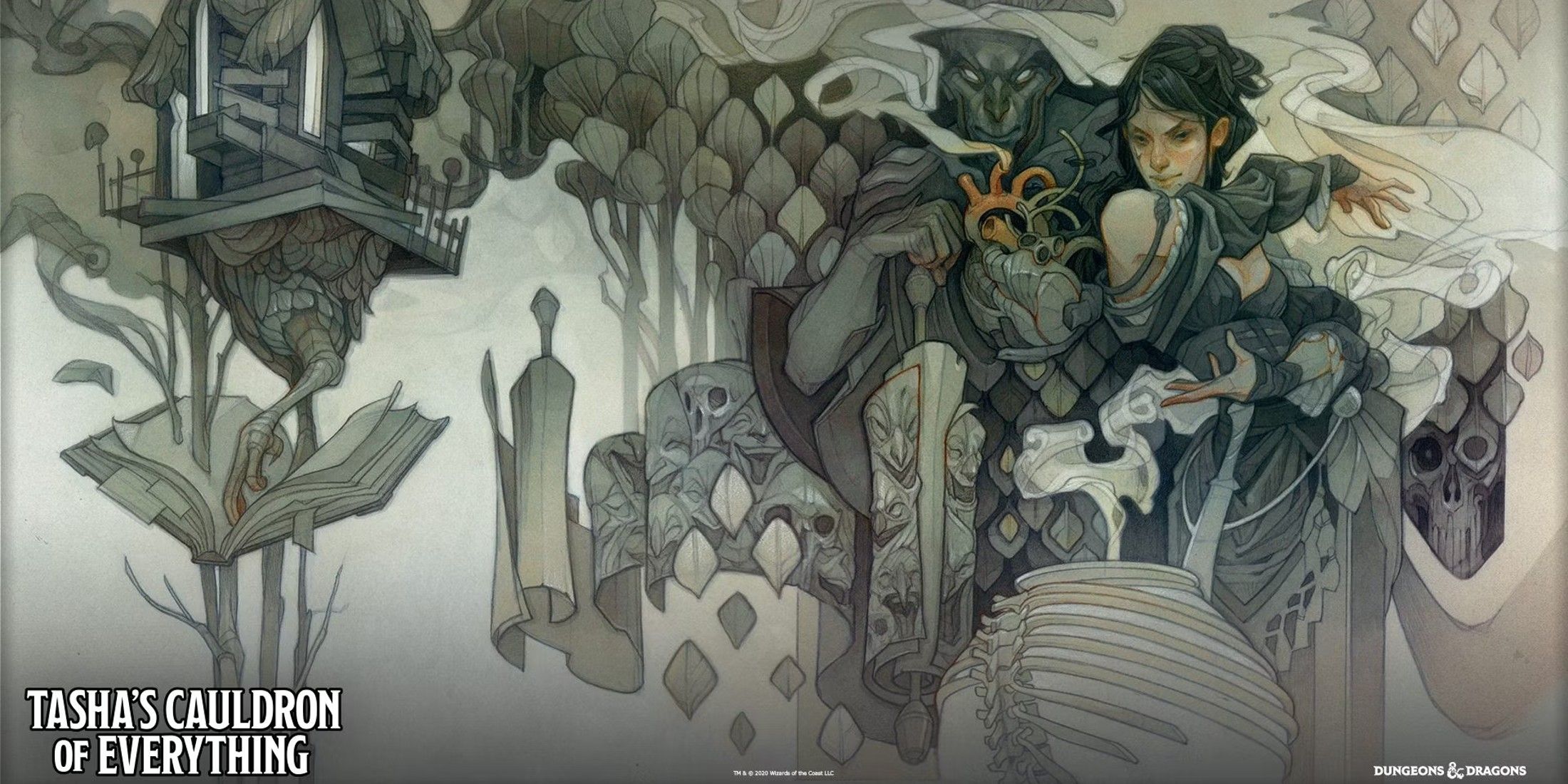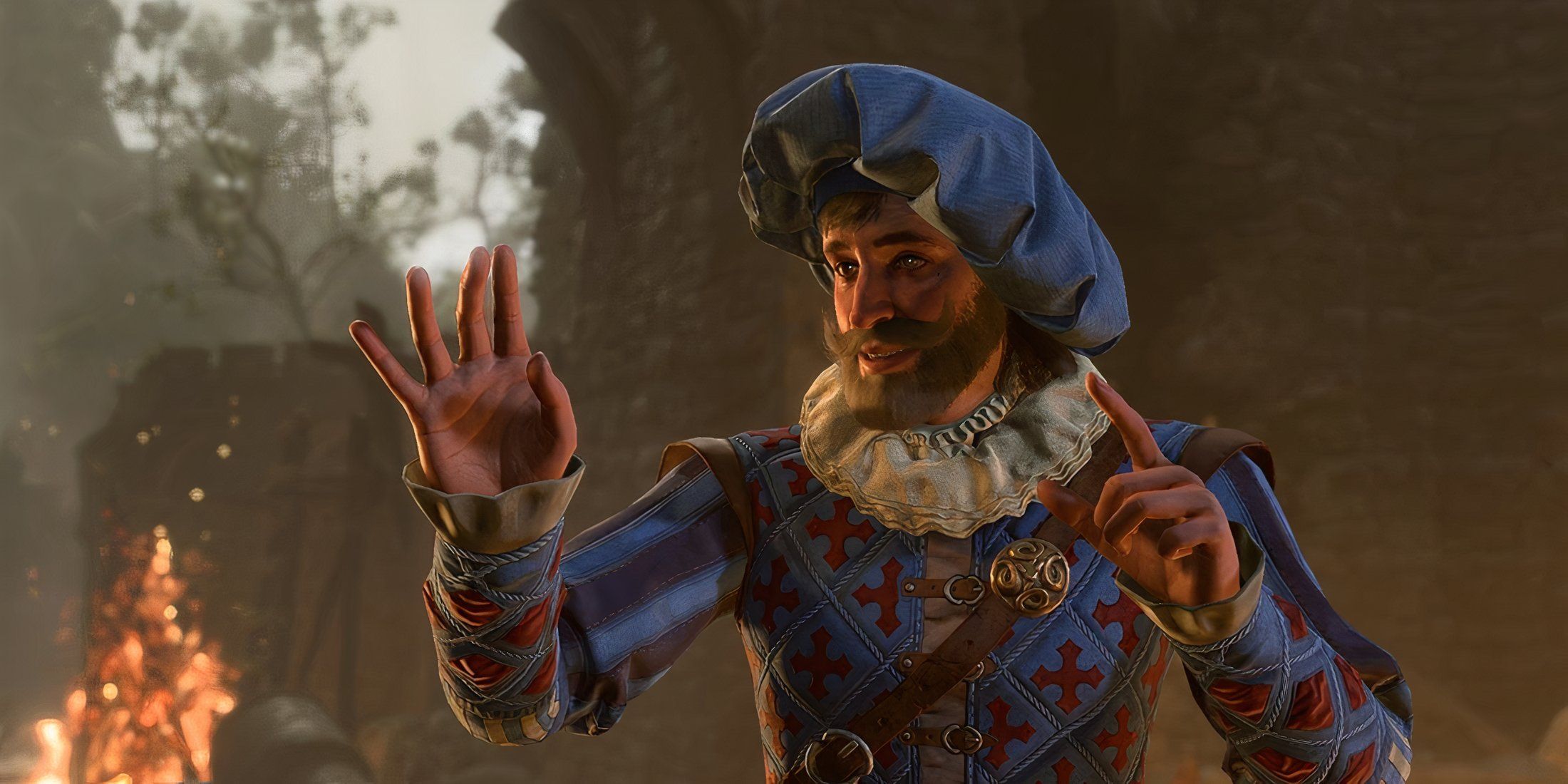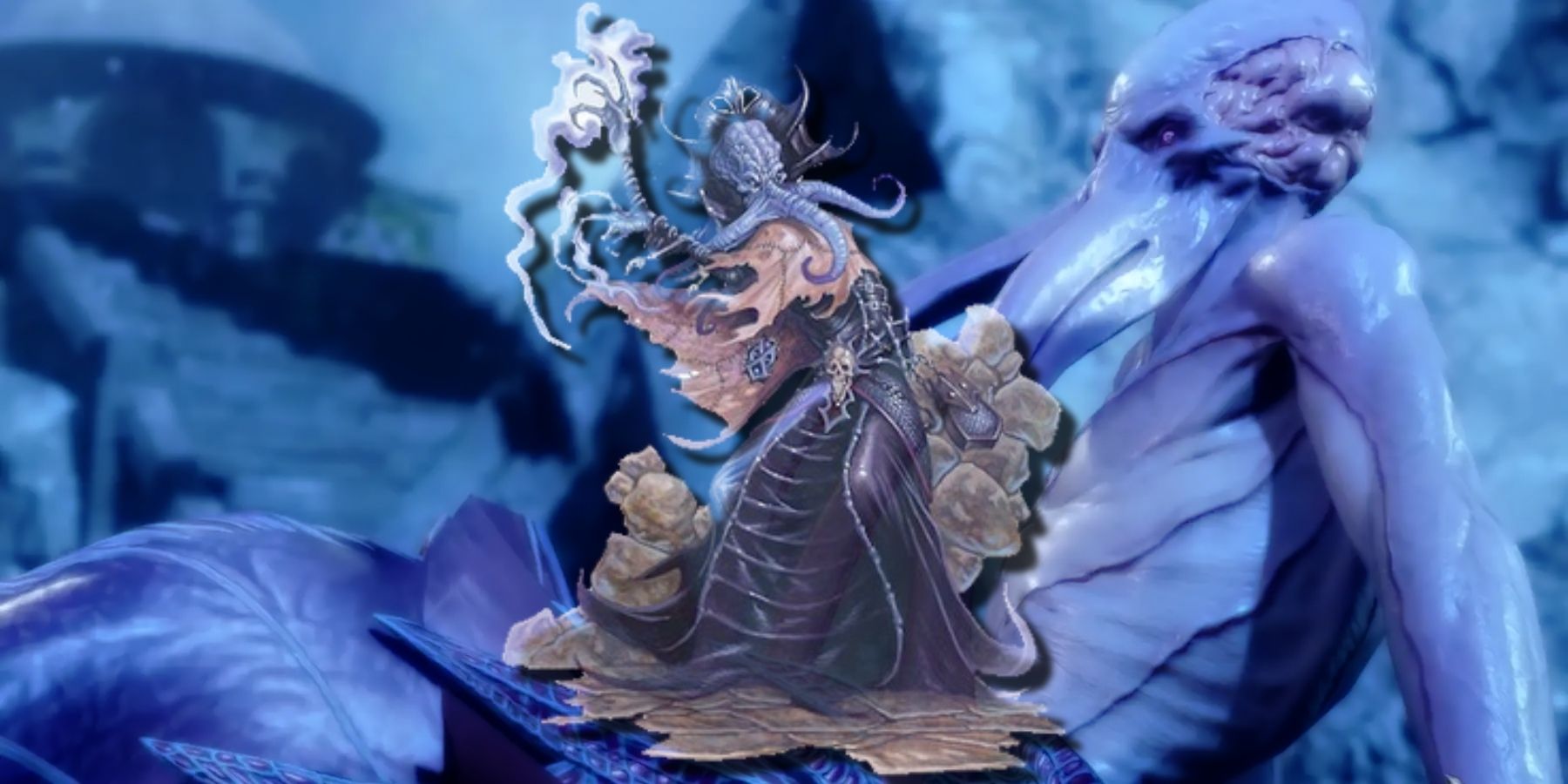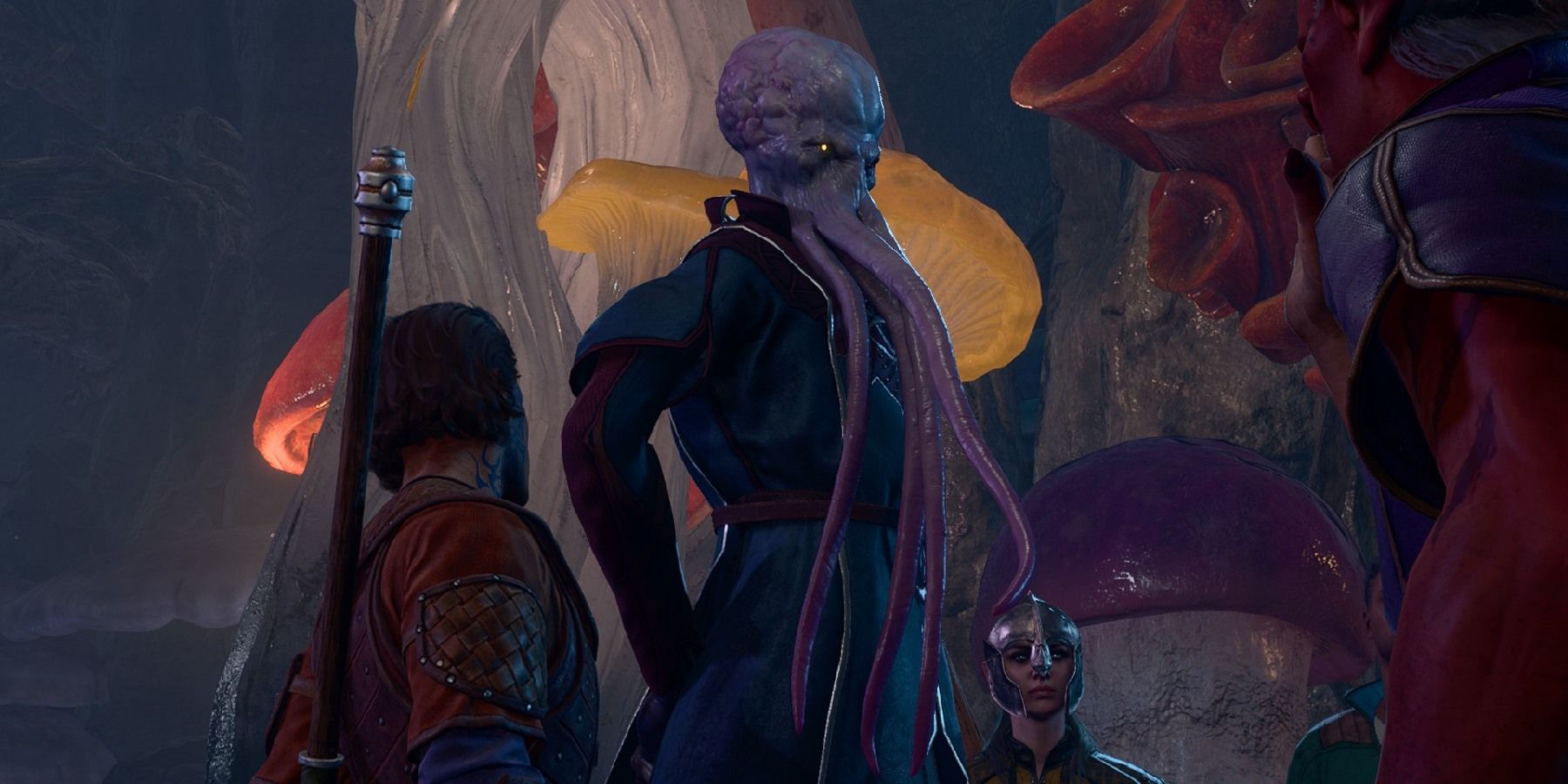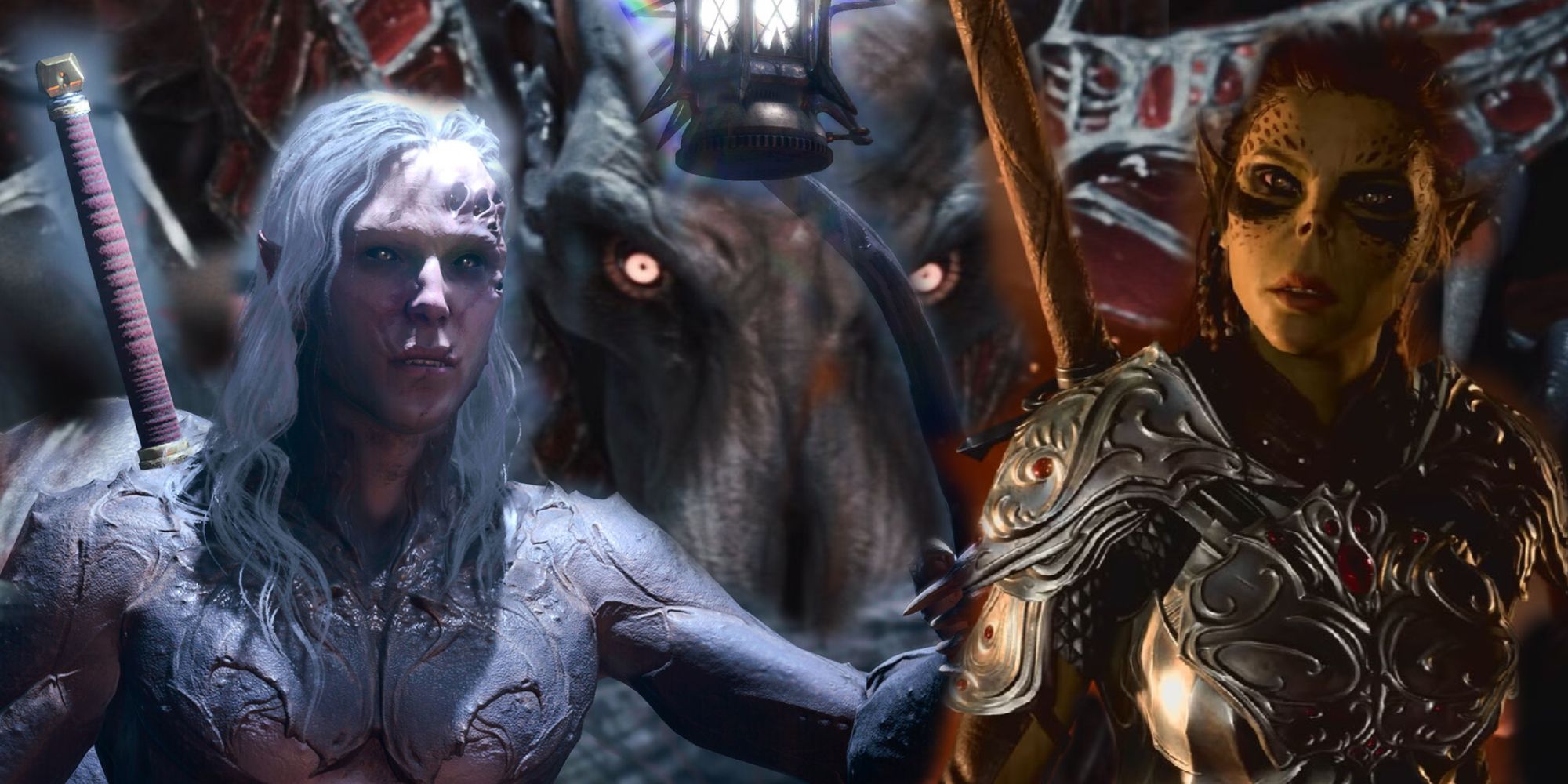Highlights
- The Mind Flayer is a feared and hated monster in Dungeons and Dragons, and its presence in Baldur's Gate 3 sets the stage for character-defining moments and deadly circumstances.
- The Mind Flayer in Baldur's Gate 3 allows players to step into the shoes of their character by offering unique in-game abilities and choices that shape the character's development.
- The Mind Flayer serves as a plot device that unites the diverse characters in a DnD campaign, creating a shared circumstance and encouraging teamwork while allowing each character's personality to shine.
The Mind Flayer is a monster that has an extensive existence within Dungeons and Dragons, lurking in the shadows of official tabletop books, fan-created campaigns, and now Baldur’s Gate 3. The Mind Flayers are unanimously feared and hated by many in-game species that happen to meet their acquaintance, including other villainous Dungeons and Dragons monsters. Sporting a tentacled head that is supported by a robed lank body, the fictional species as a whole has the haunting characteristic of one, unanimous, shared mind. The Mind Flayers often have one goal, to add to their collective cult.
The main story of Baldur's Gate 3 begins with the player’s character entombed and entrapped on the Mind Flayer’s ship, The Nautiloid. The first images or video clips that start a video game are vital, and BG3 developer Larian Studios rolled a natural twenty by choosing the Mind Flayer to be the world-building instigator. Just by the mere presence of the Mind Flayer, players are put at the edge of their gaming chairs as they know this monster means character-defining RPG moments and a party built on deadly circumstances are ahead.
The Mind Flayer Helps Player's Get into the Mind of their Character
It only makes sense that the Mind Flayer, a monster capable of mental torment and transformation, can help players step into the shoes of their new character. In long-term tabletop campaigns, where fans spend months or years playing a character, a DM may introduce the Mind Flayer to offer some fun, or to test a party dynamic to see if they can spot a teammate under mind control. But in Baldur’s Gate 3, there’s a thrilling twist. The moment that the parasitic worm squirms into the player’s DnD alter ego, instead of changing an established character, the obtained in-game power now acts as a launching point for the player to decide the type of character they want to embody.
Dancing between Dungeon and Dragons' moral alignments is a large and fun part of the character-building experience in both DnD proper and Baldur’s Gate 3. As early as the player’s arrival at Emerald Grove, an NPC named Nettie gives the parasite-ridden player the choice that will follow them throughout the game: sacrifice themselves for the greater good, or risk the lives of any NPC near them. Partner that decision with the lure and actual gameplay ease that comes with using the parasite’s evil influences, and the player is now offered to make many important character decisions that could have only been brought up by such a carefully crafted monster.
A Common Goal is a Common Theme in DnD
The Mind Flayer’s parasitic worm does a lot more than just inspire roleplay. From the point of view of the Dungeon Master in DnD, the parasitic worm actually represents a well-used and much-needed plot device that helps begin a Dungeons and Dragons campaign. Every DM needs to start a story that unites several different types of characters, all with their own backstories and goals, yet somehow encourage eager teamwork in a believable way. The solution that Baldur’s Gate 3 uses is reliable and often suggested in many DnD guides, a shared doomed circumstance.
The developers of Baldur’s Gate 3, like any great DM, realize that players do not want to feel that they have to completely change their dream character to fit a story. The Mind Flayer’s grotesque beginning scene takes only a few minutes of time, but immediately players are able to believe why the in-game party companions are willing to work together. In the beginning quest, every party member wants to avoid becoming a Mind Flayer, no matter how chaotically evil their character may be.
This has given the characters enough room for their personalities to stretch, but still keep unlikely party members in BG3 herded together along the rest of the journey. Overall, Baldur's Gate 3 took a fan-favorite monster and used it to its ultimate potential. Larian Studios has proven that the Mind Flayer may be a headache for the players, but for DMs and game developers, it is a welcomed brainteaser.
Baldur's Gate 3 is available now on PC and PlayStation 5.

